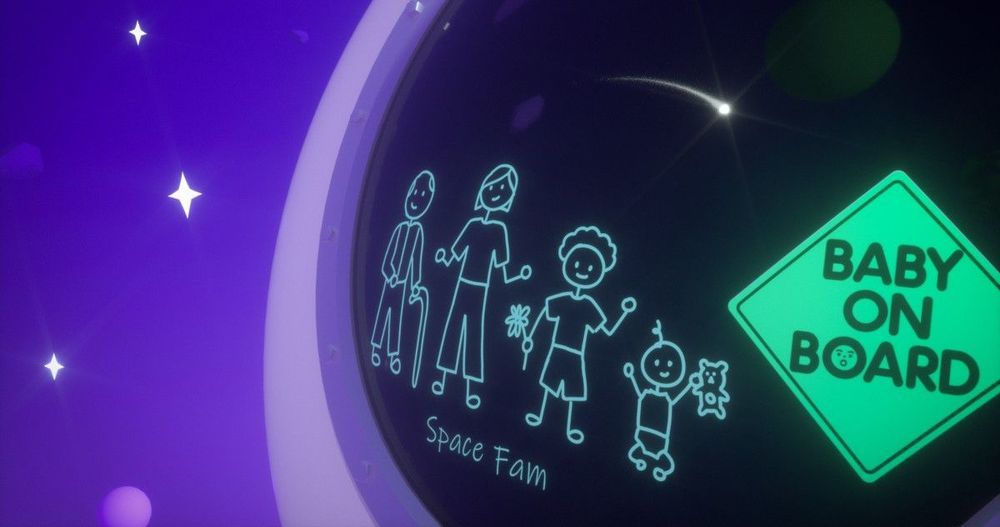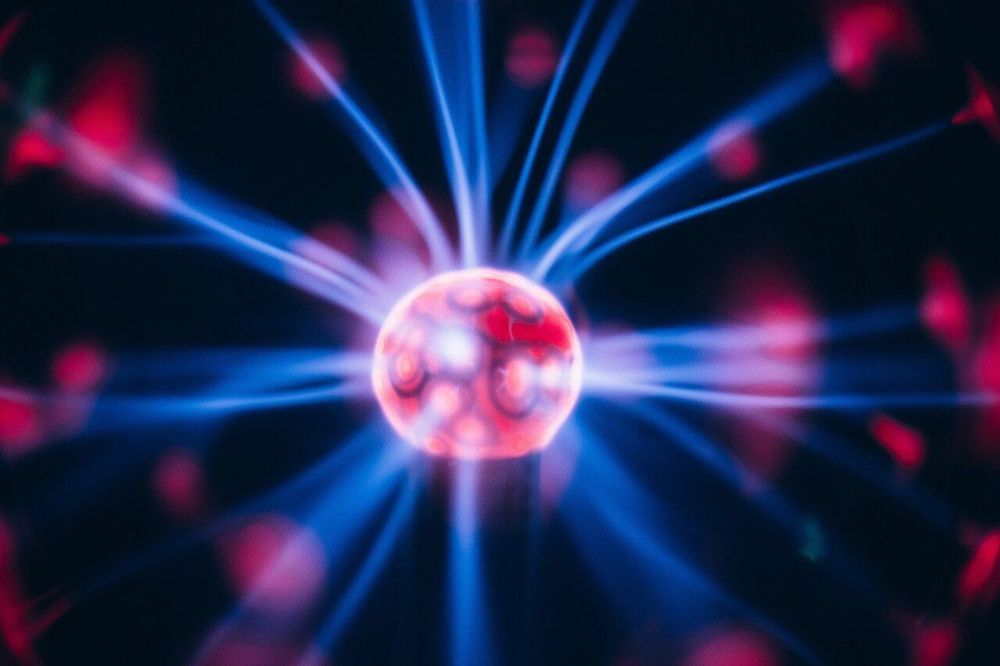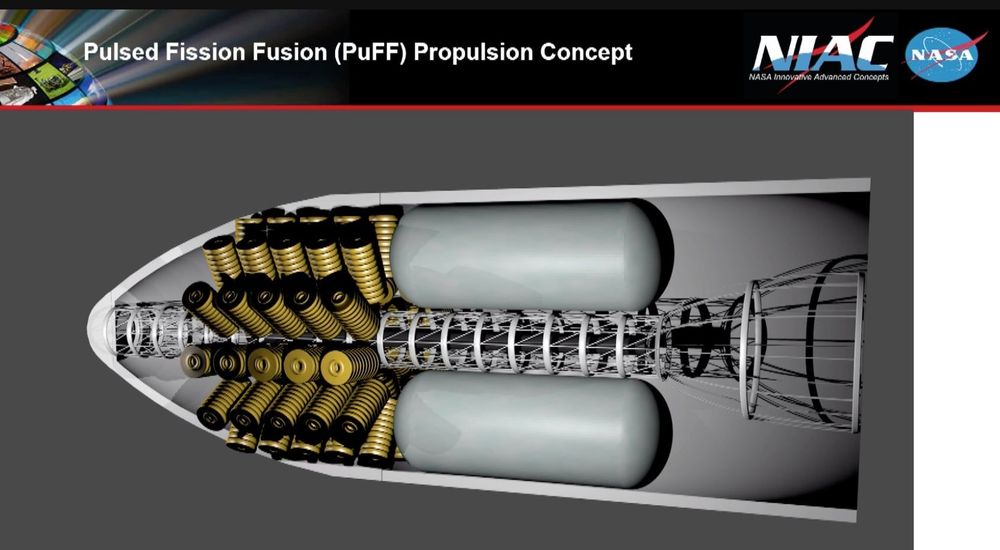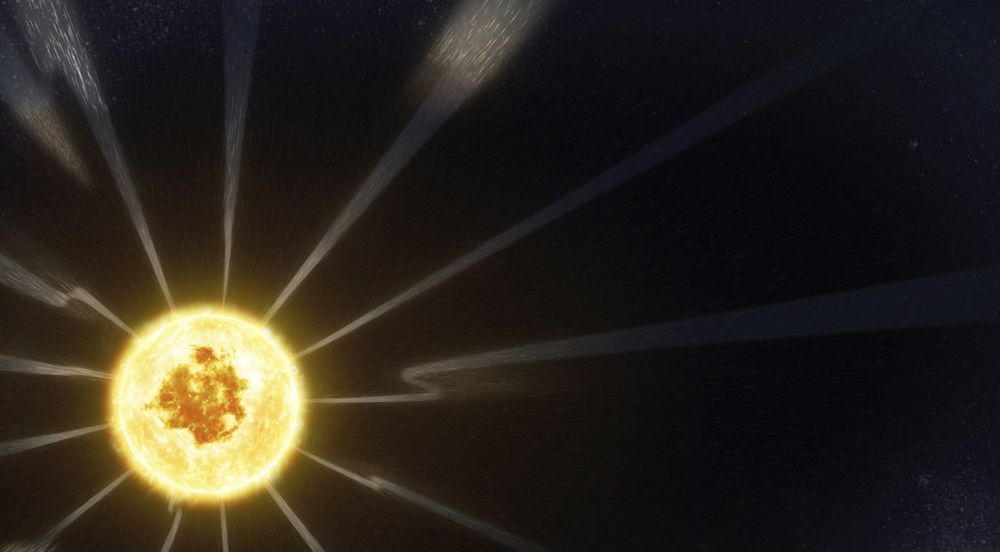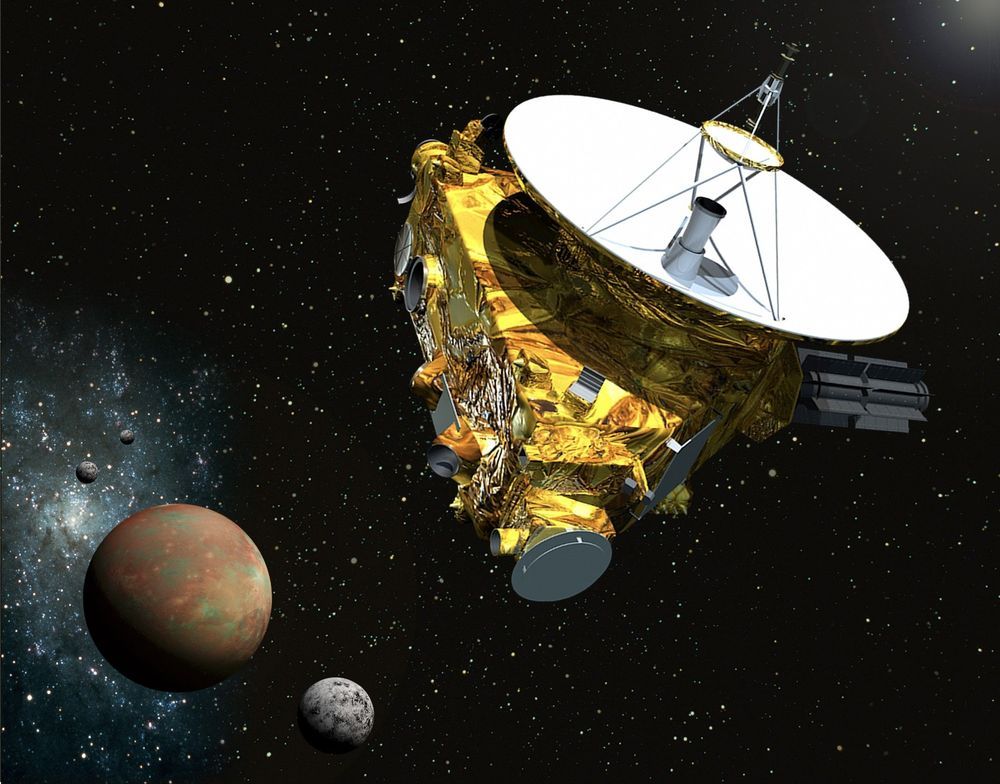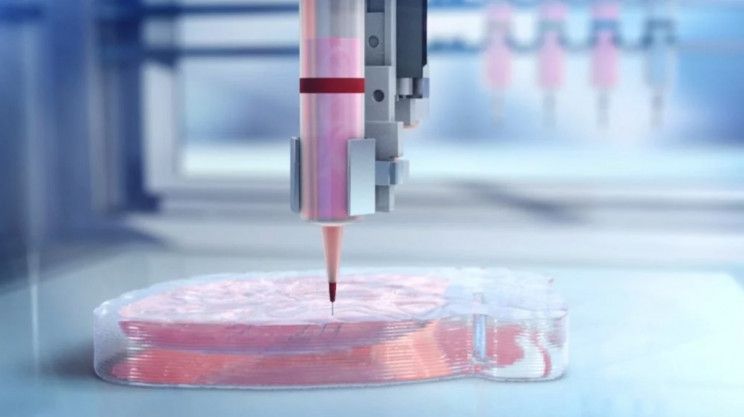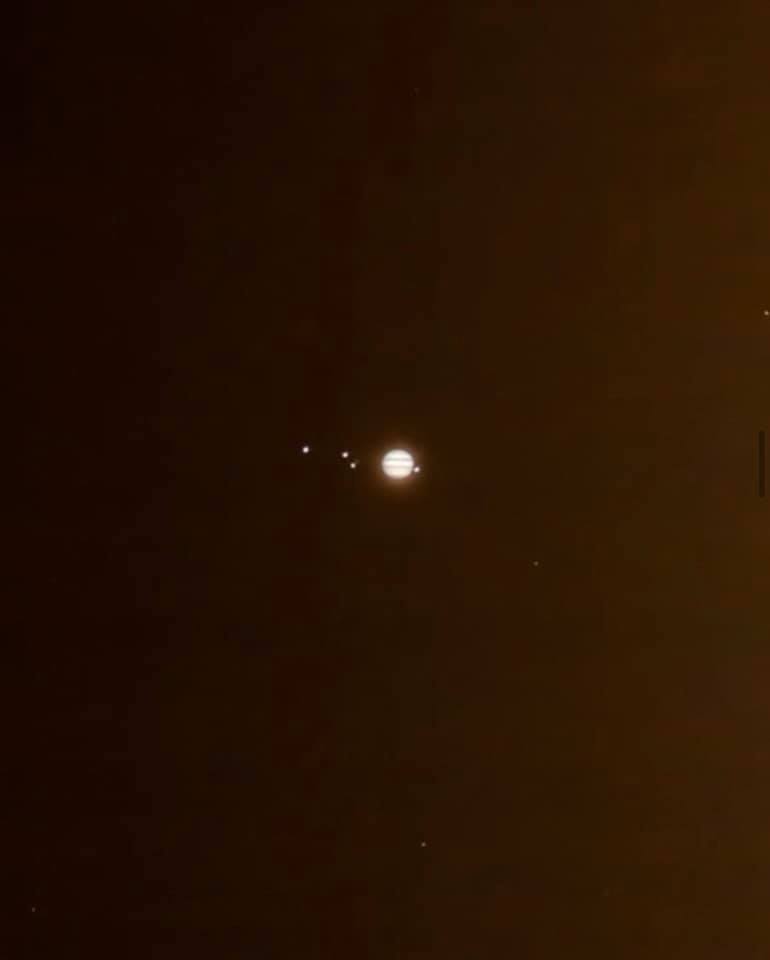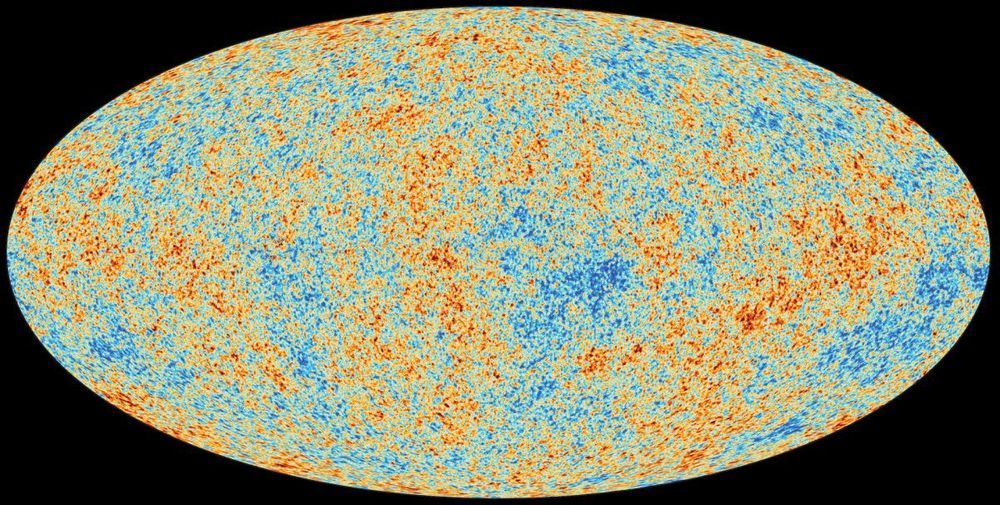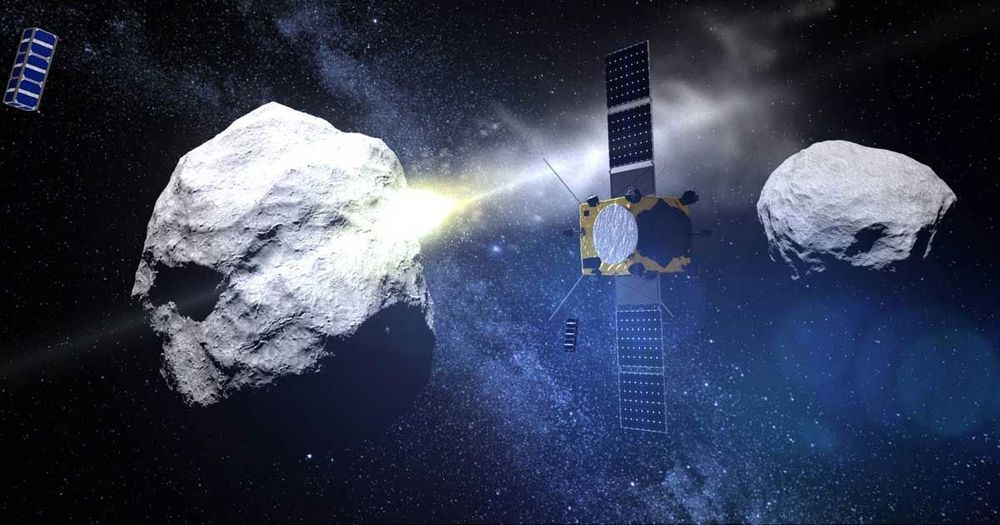Dec 6, 2019
Scientists Are Contemplating a 1,000-Year Space Mission to Save Humanity
Posted by Jason Stone in categories: climatology, Elon Musk, space, sustainability, virtual reality
VR and Interstellar Travel
Crew members in route to a distant planet may best be accommodated by full immersion VR. The actual spaceship could be reduced to a relatively simple, small, well-shielded vehicle. Inside the crew’s biological material could be supported by a simplified nutrition, waste and maintenance system. Their minds could inhabit a fully immersive VR environment that would provide them with all the luxuries of vast, diverse spaces and experiences — complete with simulated gravity, simulated pleasant nature-like and artificial environments, and simulated meals.
They could also engage in simulating the type of society they intend to build once they arrive in their new physical environment, using similar constraints to the ones they will encounter. This could allow many years for actual human experiences to test and refine what they will build and how they will interact in their new home.
Continue reading “Scientists Are Contemplating a 1,000-Year Space Mission to Save Humanity” »
